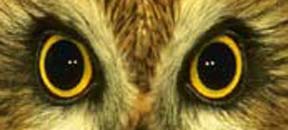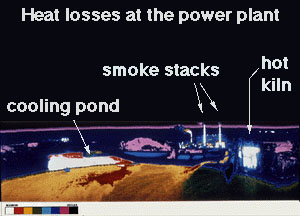Exploratour: Life on Mars?
What is Life?
This tour wouldn't be complete without looking at...What is life? Does this sound like a strange question to you? Of course we all know what is meant by the word "life", but how would you define it?Do all living things move? Do they all eat and breathe? Even though we all seem to know what is meant by saying something is "alive", it's not very easy to describe what "life" is. It's almost as hard as describing where life came from.
Even the biologists (people who study life) have a tough time describing what life is! But after many years of studying living things, from the mold on your old tuna sandwich to monkeys in the rainforest, biologists have determined that all living things (at least living things on Earth) do share some things in common:
1) Living things need to take in energy
2) Living things get rid of waste
3) Living things grow and develop
4) Living things respond to their environment
5) Living things reproduce and pass their traits onto their offspring
6) Over time, living things evolve (change slowly) in response to their environment
Therefore, in order for something to be considered to "have life" as we know it, it must possess these characteristics.












